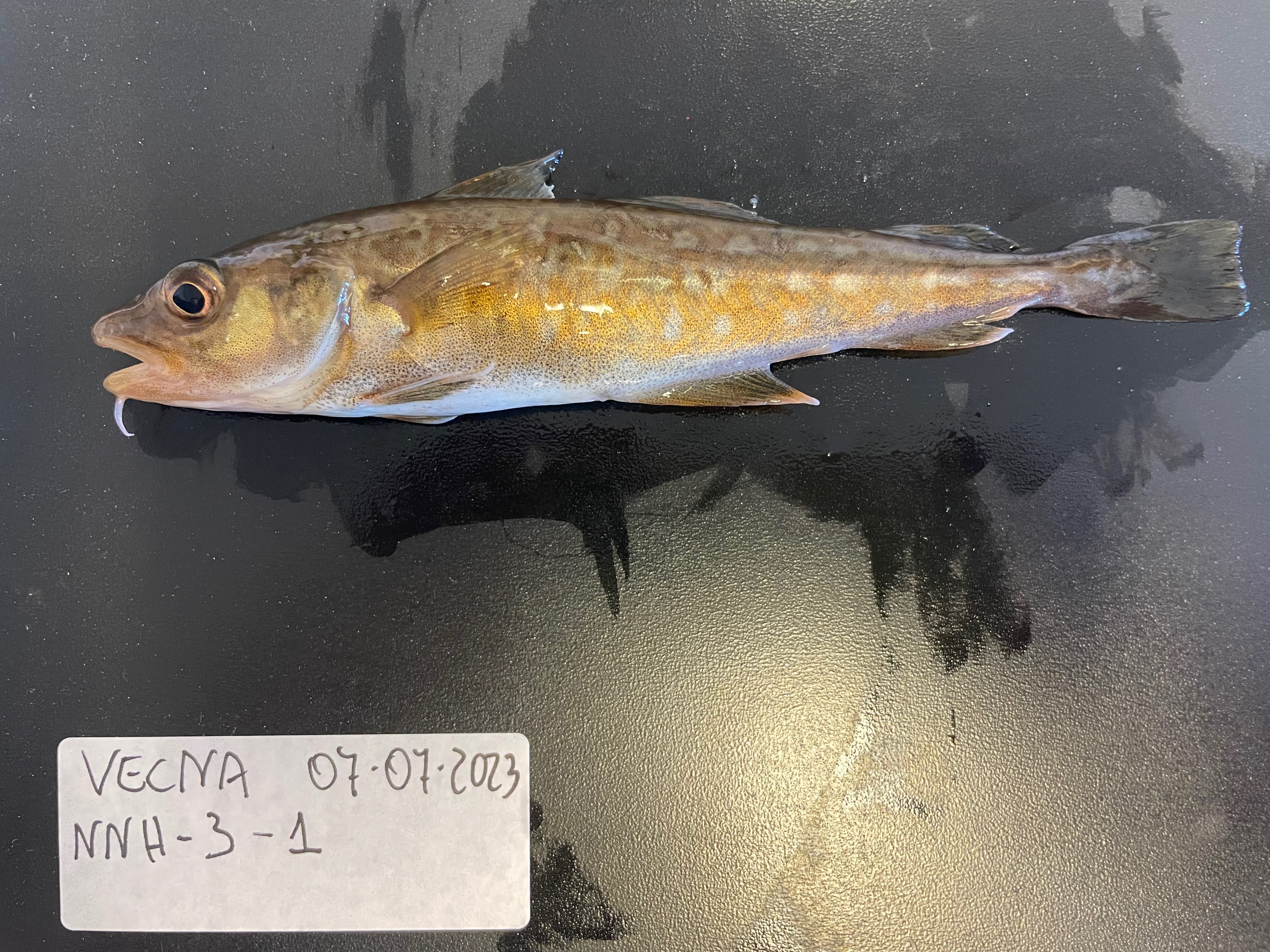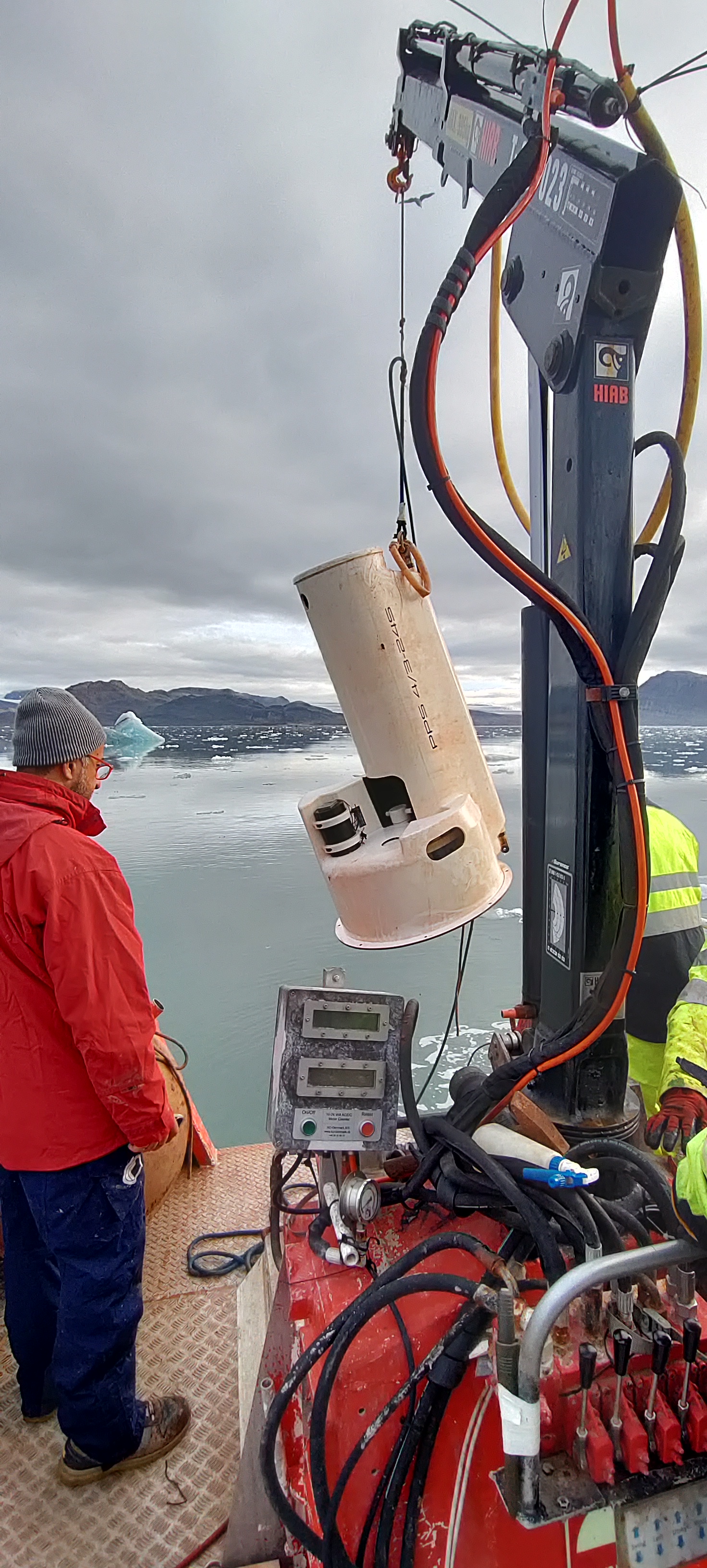biota
Type of resources
Available actions
Topics
Keywords
Contact for the resource
Provided by
Years
Formats
Representation types
Update frequencies
status
Scale
-

Cyclone Sample collection Teams collect two weekly 24-hour samples Teams create metadata by scanning QR codes on cyclone sampler and sample vial with Lifeplan app Teams store samples until shipment in a freezer - Sample shipping to Sweden - Sample cleaning by Lifeplan - Sample shipping to Guelph - Sample sequencing - Transfer of sequencing data to Lifeplan - Bioinformatics - Species lists Through LIFEPLAN, we aim to establish the current state of biodiversity across the globe, and to use our insights for generating accurate predictions of its future state under future scenarios. In LIFEPLAN, we thus characterize biological diversity through a worldwide sampling program, and develop the bioinformatic and statistical approaches needed to make the most out of these data.
-

Marine Arctic fish diversity and habitat ecology (Aristotle) Aims at improving current knowledge on the fish fauna in the Kongsfjorden. Two complimentary approaches are applied: i) genetic analysis at chromosomal level; ii) use of non-invasive video technologies to study fish communities. List of fish species and pertaining biologic information (size, weight, sex).
-

The aim of this project is to detect the presence of NIMS and door knocker species in marine coastal waters of Svalbard by using a traditional fishing system (traps) and complementary multi-approach monitoring techniques (underwater cameras, hydrophones, plankton net and eDNA collectors) to find all elusive or cryptic species and those present at low density.
-

This dataset comprises measurements from moored sediment trap, collected by the Mooring Dirigibile Italia (MDI), which is managed by the Institute of Polar Sciences of the National Research Council (CNR). The data was gathered at Kongsfjorden, Svalbard Island, since 9 September 2010. This dataset is also part of the SIOS-Svalbard Integrated Arctic Earth Observing System, developed to observe the impacts of climate change, including the rapid loss of sea ice cover, the retreat of local glaciers, and the Atlantification of Arctic seas. Mesured properties are: Total Sedimentation flux , Sedimentation flux of organic carbon in the water column, Sedimentation flux of total nitrogen in the water column, Sedimentation flux of CaCO3 in the water column, Sedimentation flux of non-metallic inorganic species (opal) in the water column, Sedimentation flux of Organic Matter in the water column, Sedimentation flux of lithogenic fraction in the water column. The zooplankton swimmers and sinkers collected by sediment traps are analysed in term of composition and morpho-functional traits.